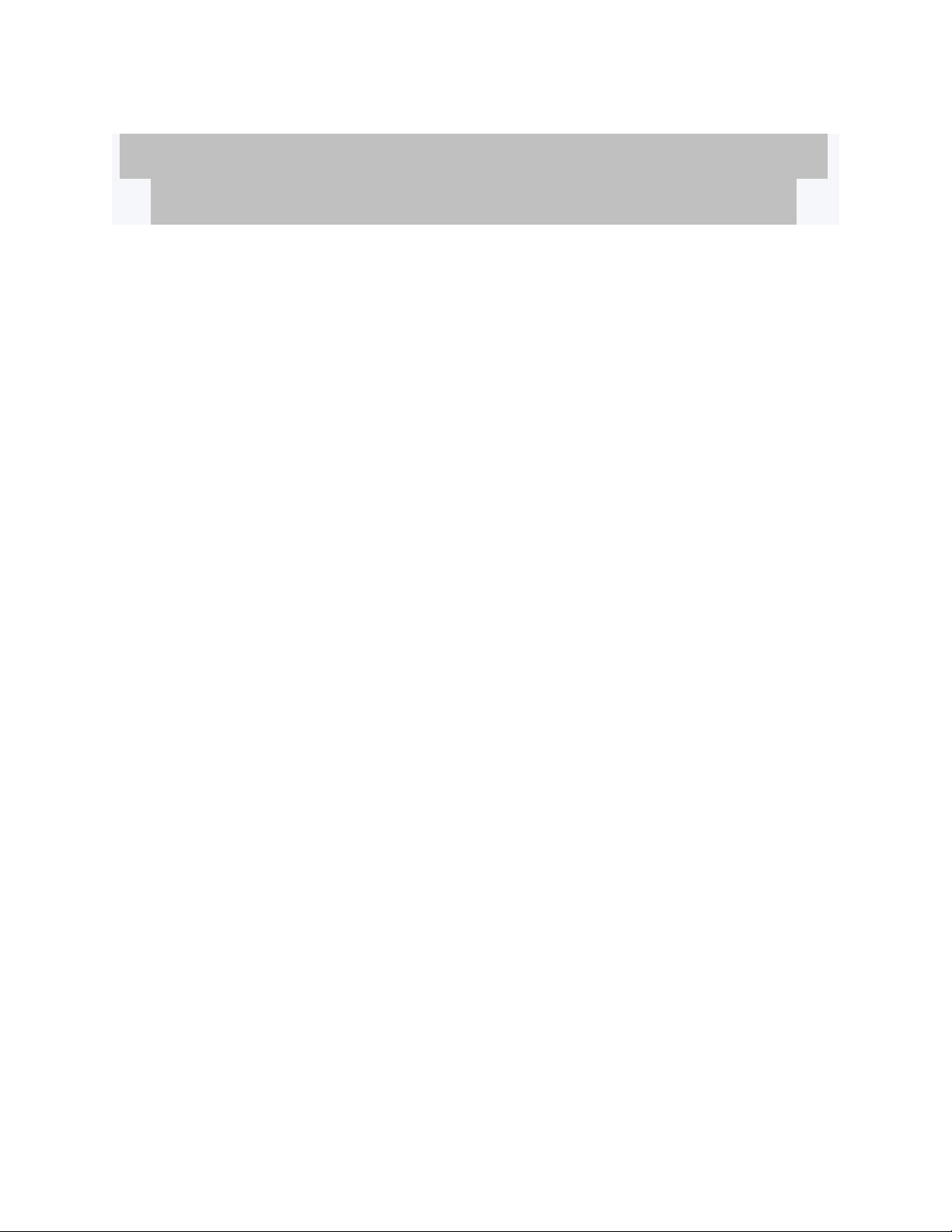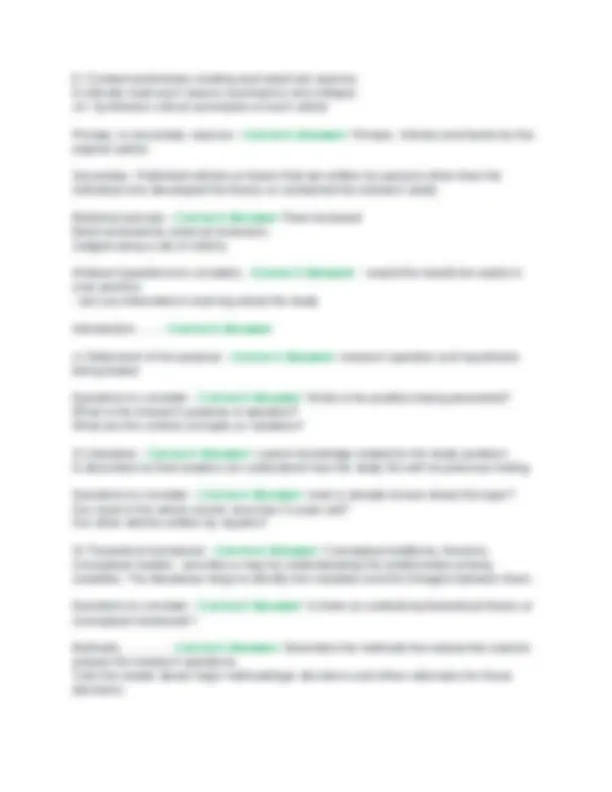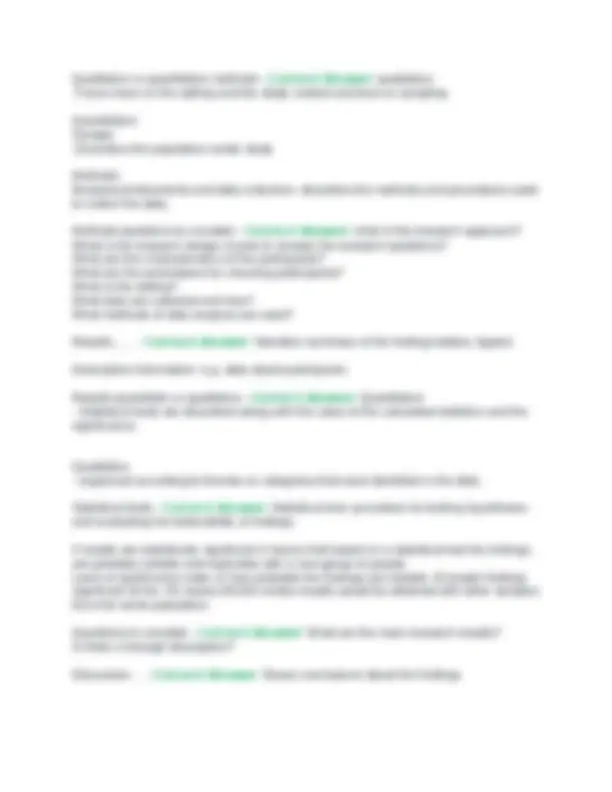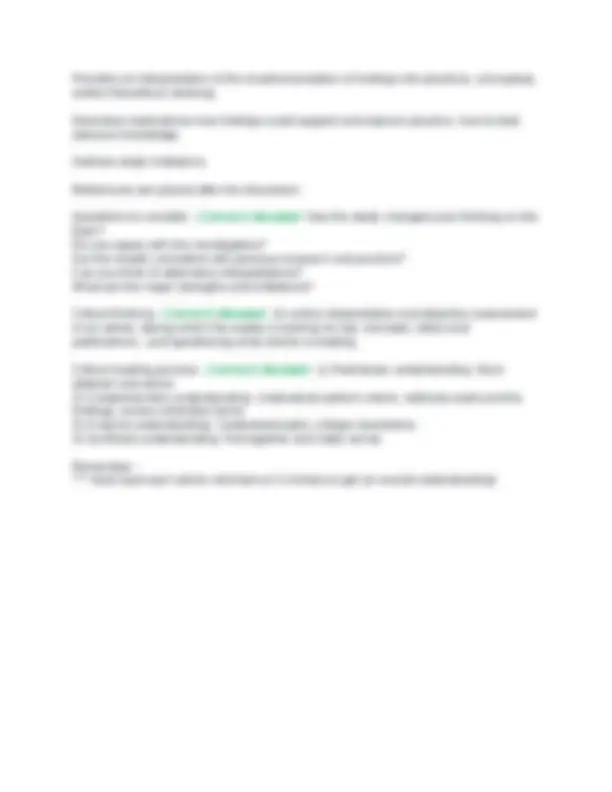





Study with the several resources on Docsity

Earn points by helping other students or get them with a premium plan


Prepare for your exams
Study with the several resources on Docsity

Earn points to download
Earn points by helping other students or get them with a premium plan
Community
Ask the community for help and clear up your study doubts
Discover the best universities in your country according to Docsity users
Free resources
Download our free guides on studying techniques, anxiety management strategies, and thesis advice from Docsity tutors
Literature revision examination questions and their correct answers for the best learners
Typology: Exams
1 / 5

This page cannot be seen from the preview
Don't miss anything!




Literature review definition - Correct Answer -Organized critique of the important scholarly literature
Qualitative Research Purposes - Correct Answer if the data based and conceptual literature is limited on the topic, a qualitative design is often used Extent of the literature review depends on the research design and phases of the study Phenomenological - Correct Answer cursory or no formal lit. Review prior to the study but study findings are compared/contrasted with literature to enhance knowledge of the phenomena of study Grounded theory - Correct Answer varying levels of lit. Review prior to the research (depending on tradition) with constant comparison of the study findings with the literature Ethnographic - Correct Answer conceptual literature provides a framework for the study Historical - Correct Answer literature is the data source Researcher vs consumer of research - Correct Answer researcher: develop research proposal that will generate knowledge Consumer of research: Uncover multiple sources of evidence on a given topic from research With the ultimate goal of improving practice From a research consumer perspective - Correct Answer 1) as the clinical question (PICO)
Qualitative vs quantitative methods - Correct Answer qualitative: Focus more on the setting and the study context and less on sampling Quantitative: Sample: Describes the population under study Methods: Measures/instruments and data collection- describes the methods and procedures used to collect the data, Methods questions to consider - Correct Answer what is the research approach? What is the research design of plan to answer the research questions? What are the characteristics of the participants? What are the procedures for choosing participants? What is the setting? What data are collected and how? What methods of data analysis are used? Results....... - Correct Answer Narrative summary of the findings-tables, figures Descriptive information- e.g. data about participants Results quantitate vs qualitative - Correct Answer Quantitative
Provides an interpretation of the results-translation of findings into practical, conceptual, and/or theoretical meaning. Describes implications-how findings could support and improve practice, how to best advance knowledge. Outlines study limitations References are placed after the discussion Questions to consider - Correct Answer Has the study changed your thinking on the topic? Do you agree with the investigators? Are the results consistent with previous research and practice? Can you think of alternative interpretations? What are the major strengths and limitations? Critical thinking - Correct Answer An active interpretation and objective assessment of an article, during which the reader is looking for key concepts, ideas and justifications...and questioning what she/he is reading. Critical reading process - Correct Answer 1) Preliminary understanding: Skim abstract and article